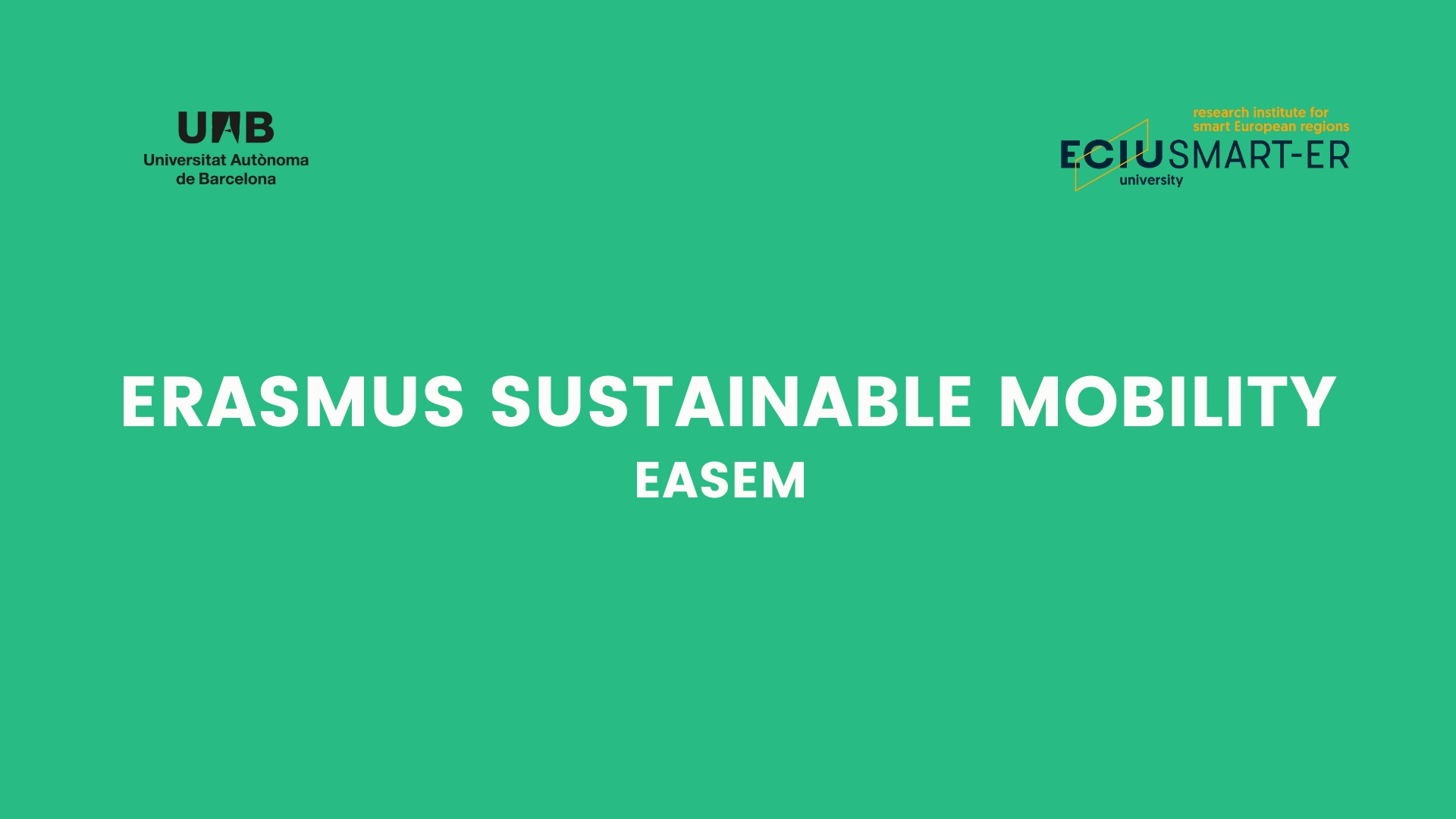EASEM
What is it?
In its 2021-2027 period, the Erasmus program is expected to move 10 million European students. These students, however, will have significantly larger carbon footprints during their stay abroad than when studying back at home. However, to date, not much is known about the carbon footprints of Erasmus students and how specific interventions can lower it and ease a transition towards a greener Erasmus experience.
Findings from this project might help universities to implement measures to reduce transport related emissions, which is a societal need in times of the climate crisis.
- Coordinator institution: UAB
- Principal investigator: Oriol Marquet
- Duration: 12 months
- Research area: Transport and mobility, energy and sustainability
- Keywords: Erasmus exchange program, mobility patterns, travel behaviour, carbon emissions
UAB Members
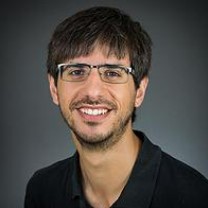
Oriol Marquet
PhD in Geography
ORCID: 0000-0002- 7346-5664
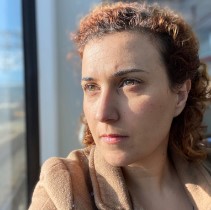
Laia Mojica
PhD in Geography
ORCID: 0000-0002-9629-815X
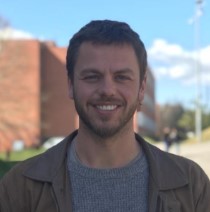
Oriol Roig
PhD candidate in Geography
ORCID: 0000-0003- 4843-7028

Carme Miralles-Guasch
PhD in Geography
ORCID: 0000-0003- 4821-9776

Marta-Beatriz Fernández
Research support technician (Geography Department)
ORCID: 0009-0005-4497-3757
-
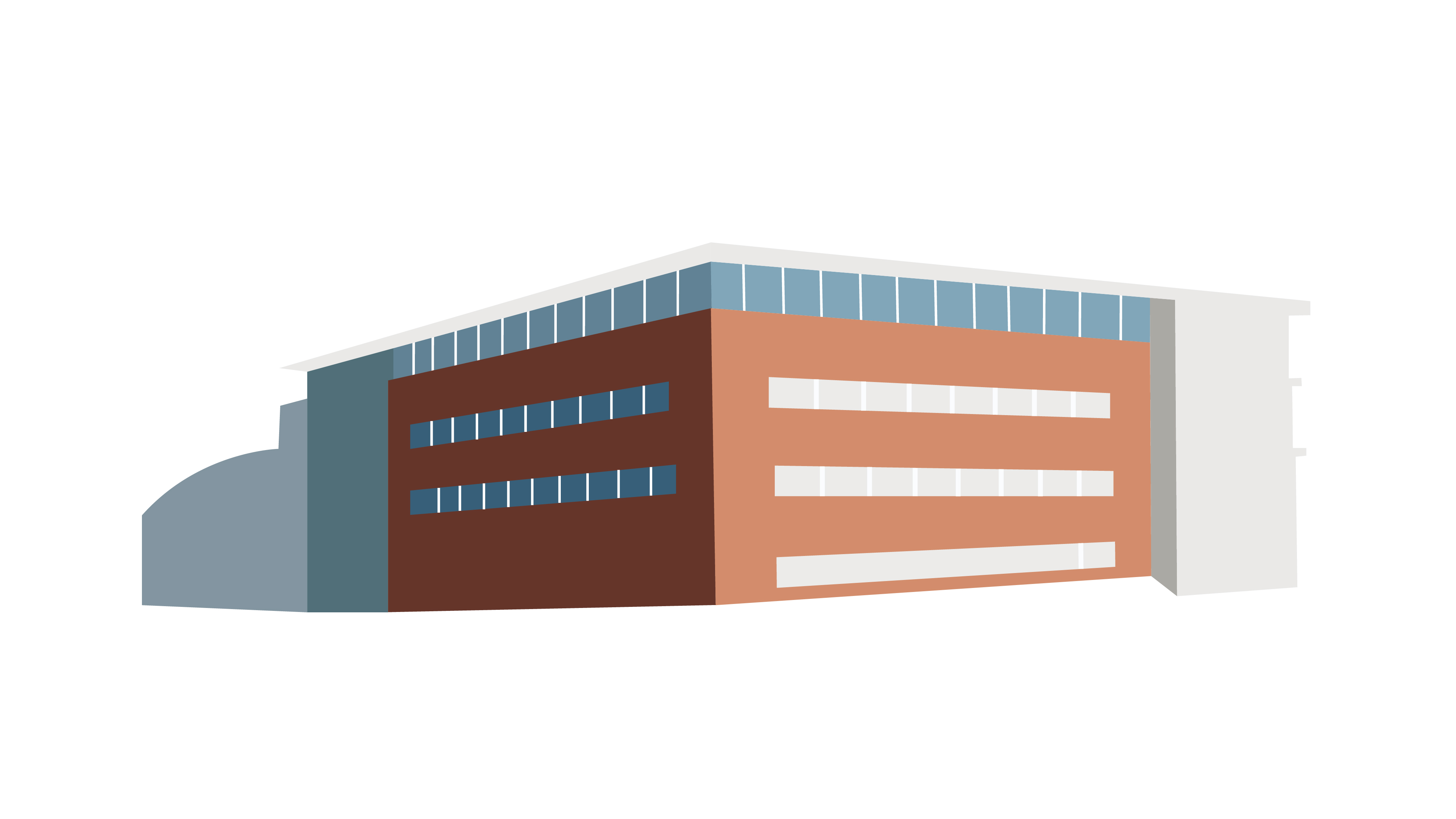
Aveiro University
The team at University of Aveiro is an expert group in transportation analysis and carbon emission factors. They provide the necessary expertise to estimate carbon footprints and assess the potential to curve those emissions using information interventions. Their set of skills, with a more technological and environmental approach will work very well in relation with the skills from the UAB team, as combined they will allow for a more holistic and socio-technical approach to transport matters.
-
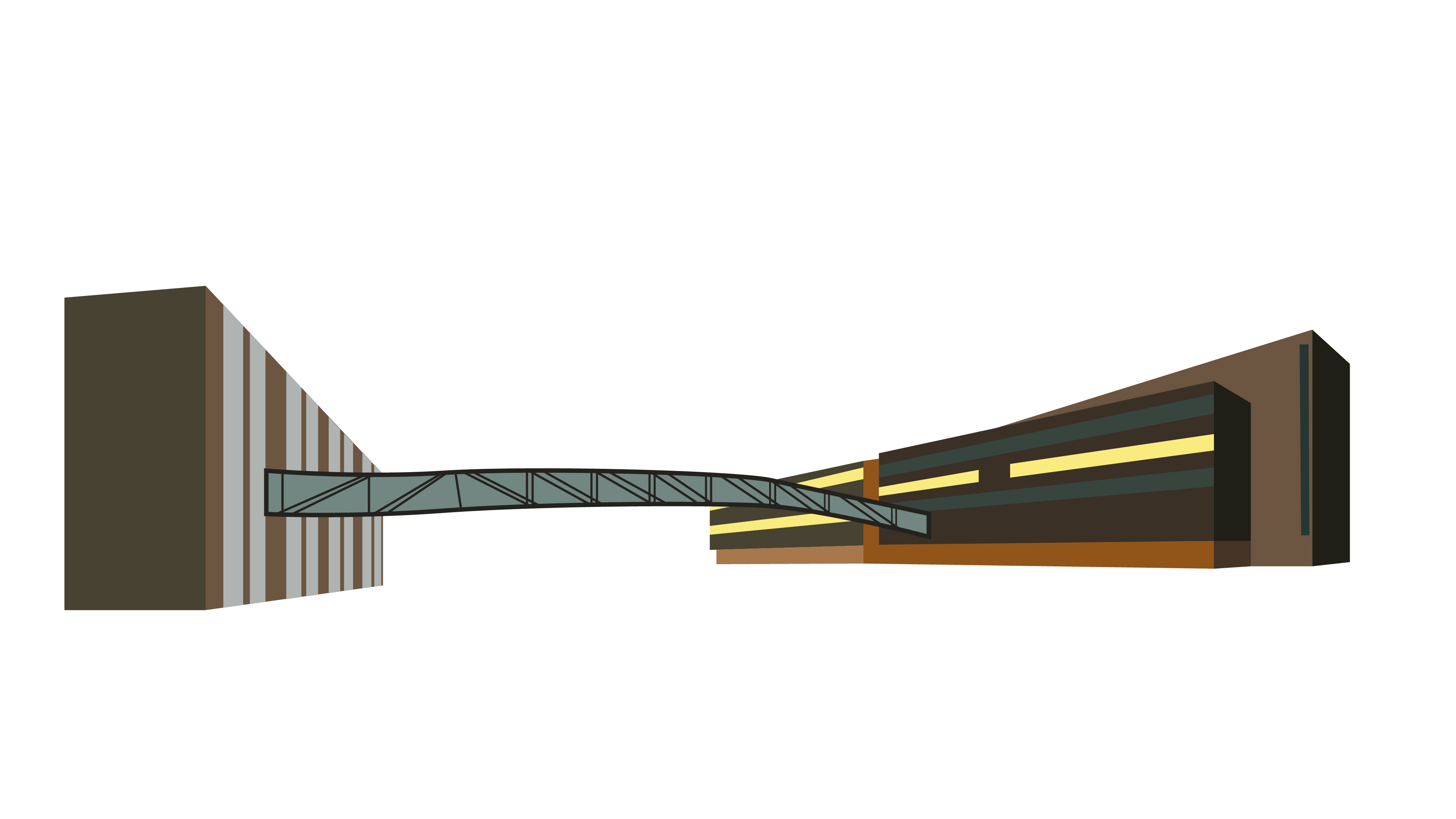
Aalborg University
The team at University of Aalborg provides a dual skillset, one focused on transport behavior - including long distance transport- and one focused on planning processes that set up the conditions of the built environment that later determine daily travel choices. Because of that, their input will be highly valuable when trying to understand the data gathered in the project in on a larger scale. As the project looks to draw conclusions from the analysis and looks for ways forward, the experience of the Aalborg University team will provide the necessary scope to create ambitious proposals.
